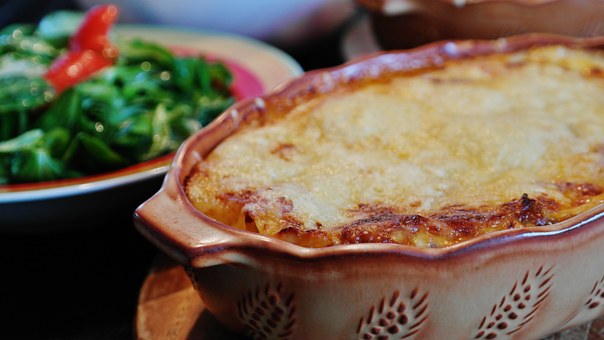Like grocery shopping, meal planning is constantly with us. Whether you plan as you walk in the kitchen or a month out, it has to be done at some point or the hungry hippos will descend!
Different situations call for different solutions. I have a large upright freezer in the kitchen that is a wonderful resource. I also have easy access to multiple grocery stores. Someone else has a small refrigerator and minuscule freezer. We obviously handle the same task differently.
There are even more ways to tackle meal planning than that. We have a wealth of information easy accessible, sometimes too much. But if you take what time you have to sift through a few concepts, then dig deeper into what fits you, and implement in pieces, you can steadily and confidently work into a system and habits that help you and your family.
- A few minutes on the internet will yield more family meal plans than you could cook in a lifetime. You can surf and start gathering a set of recipes that your family enjoys and fit your style. Pick and choose from what is available.
Once you have a set that works for you, this is the backbone of your meal plan. You pick what you will be serving any given week and know what groceries to have on hand. - Another popular solution abundant online is freezer and slow-cooker meals, where you go on a large grocery trip, then assemble 20 meals at one time. They go in the freezer ready to pull out and go when needed. This can be a great resource, when you have the time to invest on the front end, and is easy to supplement with last-minute meals when that is called for.
- Friends or older women in the church who have been prepping family meals for decades are also a great resource. There is a wealth of real-life experience available to you in conversation for the asking.
My personal mode at this point in my life is to stock up on meat (thus the freezer) when it is on sale, buy the produce that is in season, keep a variety of frozen vegetables on hand, and then fill in other menu items as I desire or have available. This ensures I always have meat and vegetables as a base but still have flexibility to be creative or satisfy a craving around that framework. (Note: I also keep one large lasagna or other pre-made casserole in the freezer for emergencies or sick days.)
In my daily and weekly planning, I also decide what to serve for meals — usually 2 or 3 days in advance, subject to change. This means I can pull out any meat needed to thaw first thing in the morning or the night before, because it was planned. I also can pick up a necessary item at the grocery store at my leisure, rather than having to run at the last minute.
Note: Since I prefer planning ahead, I do tend to try to make do with what we have in the pantry, even if it means adjusting. It can force creativity sometimes! It also lets me plan for leftovers when I know I will have them, i.e., repurposing mashed potatoes into Chinese pie the next day.
It is a good idea to stock ingredients for a couple of “go-to” meals, family favorites that are easy to make. This creates memories (I can tell you mine from growing up because we still eat them today!) and can save the day when you realize meal planning didn’t happen, yet it is almost time to eat.


 Sort. Sort. Sort. Put like items together. Make it easy to see where things are in a split-second glance. Which items are often used together? Plastic food storage containers can be in the section next to the plastic bags for post-dinner clean-up.
Sort. Sort. Sort. Put like items together. Make it easy to see where things are in a split-second glance. Which items are often used together? Plastic food storage containers can be in the section next to the plastic bags for post-dinner clean-up. Hide in plain sight. Just as in
Hide in plain sight. Just as in